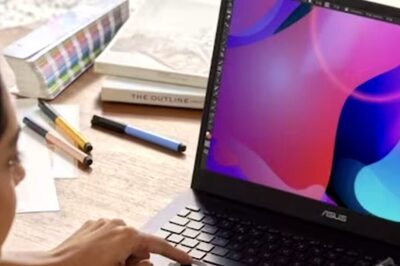
views
Diabetic retinopathy is an eye condition seen in people who are diagnosed with Diabetes. The condition is caused mainly due to high blood sugar levels damaging the network of tiny blood vessels that supply blood to the retina. It usually starts as a mild disease. Some people notice changes in their vision, like trouble reading or seeing faraway objects. In later stages of the disease, blood vessels in the retina start to bleed into the vitreous-fluid that fills your eye that may lead to temporary or permanent vision loss.
Who is at risk for diabetic retinopathy?
Anyone with diabetes, be it Type 1 or Type 2 can develop diabetic retinopathy. Pregnant women with gestational diabetes too is also at risk for developing this eye disease. You need to do a dilated eye check-up without delay once diagnosed with gestational diabetes.
Certain symptoms of diabetic retinopathy include:
- On and Off blurry vision
- Appearance of wavy vision
- Colour changes that appears as floating spots
- Poor night vision
Other severe problems diabetic retinopathy can cause are:
- Diabetic macular edema: It happens when excess fluid starts to build up in the macula of the eye leading to blurry vision.
- Neovascular glaucoma: Generally defined as secondary glaucoma, this condition characterised by the development of new vessels over the iris.
- Retinal detachment: Diabetic retinopathy can lead to the formation of scars in the back of your eye.
If not treated properly, all of the above mentioned severe complications of diabetic retinopathy can lead to permanent loss of vision in the affected eye.
Also Read: Food Trends for 2023: Sustainable Plant-Forward Diets, Foods for Sleep & Healthy Snacks
Treatment
The treatment highly depends on the condition of the affected eye. Depending on the complexity of the condition, your ophthalmologist will suggest laser treatment or surgical procedures and intravitreal injections may be recommended in certain selected conditions.
Usually, vision returns to normal with glucose levels streamlined. If blurriness doesn’t go away when glucose levels are close to normal retinopathy, it could be a leading cause to blindness. An ophthalmologist can detect vision loss and other problems by a dilated eye exam and measures eye’s ability to focus and to see details at near and far distances.
The best way to prevent diabetic retinopathy is by managing your diabetes. Keep your blood sugar levels in a healthy range by doing exercise daily, eating healthy, and strictly following your doctor’s instructions for your insulin and diabetes medicines. It is very important to get comprehensive eye check-up on a regular basis as early diagnosis and treatment can stop the damage and prevent blindness caused by diabetic retinopathy.
Read all the Latest Lifestyle News here


















Comments
0 comment